Speaking at the meeting, Deputy Prime Minister Tran Hong Ha highly appreciated the positive and proactive spirit of the Ministry of Transport in planning and adjusting the master plan for the seaport system; at the same time, having scientific classification methods and criteria, closely following the viewpoints, goals, and forecasting the development needs of each socio-economic region and locality.
Agreeing with the comments related to the content of adding Can Gio international transit port; increasing the volume of international transit goods through Lien Chieu port area (Da Nang city) by about 0.5-1 million TEU per year in the period from now to 2030, the Deputy Prime Minister requested the Ministry of Transport to calculate and clarify the economic , technical, environmental arguments... for adjusting international transit ports in the relationship, sharing benefits with current international gateway and transit seaports as well as other seaport groups and connecting traffic systems, logistics and technical service infrastructure.
Deputy Prime Minister Tran Hong Ha chaired the meeting. Photo: Van Diep/VNA
“In the coming time, seaport investment must comply with green criteria, green energy, digital infrastructure... in the interests of seaport groups as well as the interests of the region and the country,” said the Deputy Prime Minister, noting that the planning of the seaport system is comprehensive but it is also necessary to initially determine land and water space to be ready for implementation after being approved for adjustment.
According to the report of the Ministry of Transport, the project to adjust the Master Plan for the development of Vietnam's seaport system for the period 2021-2030, with a vision to 2050, adjusts a number of contents on objectives, seaport groups, land and water surface use needs; investment capital needs; priority projects; solutions to implement the plan (on mechanisms, policies, environment, science and technology); and assignment in the organization of implementation.
In particular, the project adjusts the target for the capacity of the seaport system higher than the previous Plan. By 2030, the seaport system will meet the demand through the volume of goods from 1,330 - 1,612 million tons (an increase of about 190 million tons), passengers from 17.4 to 18.8 million (an increase of 7.3-8.5 million). The volume of international container transit is expected to be about 4.1 million TEU.
By 2050, the capacity of the seaport system will meet the demand for goods with an average growth rate of 4.2-4.8%/year (an increase of 0.2-0.3%).
In addition to the international gateway port areas prioritized for development such as Lach Huyen (Hai Phong), Cai Mep (Ba Ria - Vung Tau), the Planning project strives to build Can Gio International Transit Port; Ho Chi Minh City Seaport from a class 1 seaport is planned to potentially become a special seaport.
Deputy Prime Minister Tran Hong Ha gives a directive speech. Photo: Van Diep/VNA
The capital demand for investment in the seaport system by 2030 is about 351,500 billion VND, an increase of 38,500 billion VND; priority is given to additional public infrastructure projects of the Tran De offshore port area and Can Gio International Transit Terminal.
Regarding implementation solutions, the adjusted project also proposes to “review, amend and promulgate legal documents, develop and promulgate investment incentive mechanisms for organizations and individuals participating in investment in developing and exploiting ports according to the green port model, smart port, using clean, green fuel, low or no greenhouse gas emissions, environmentally friendly in port exploitation business activities...
At the meeting, leaders of the Ministry of Planning and Investment, Ministry of Transport, Ministry of National Defense, Ho Chi Minh City People's Committee, and Ba Ria - Vung Tau province discussed and analyzed the legal basis, procedures, scientific basis, practices, forecasts of cargo and passenger volumes, impact assessment... of the main contents of the project to adjust the Master Plan for the development of Vietnam's seaport system for the period 2021-2030, with a vision to 2050.
Opinions emphasized that the adjusted project must strengthen the synchronous connection of transport infrastructure, modes of transport, logistics service facilities, etc., avoid scattered, ineffective investment, waste resources, and reduce the competitiveness of Vietnamese seaports; clarify the argument for adding the Can Gio international transit area, and the relationship between Ho Chi Minh City seaport and Ba Ria - Vung Tau seaport.
Some opinions suggested clarifying the plan to improve the international transit capacity of Lien Chieu port area; solutions to minimize the impact of the seaport system on the environment and ecosystem; assessing and forecasting the maritime service market and seaports of Vietnam compared to other countries in the region and the world...
According to VNA/Tin Tuc Newspaper
Source




![[Photo] Many young people patiently lined up under the hot sun to receive a special supplement from Nhan Dan Newspaper.](https://vphoto.vietnam.vn/thumb/1200x675/vietnam/resource/IMAGE/2025/5/18/6f19d322f9364f0ebb6fbfe9377842d3)

![[Photo] Party and State leaders attend the special art program "You are Ho Chi Minh"](https://vphoto.vietnam.vn/thumb/1200x675/vietnam/resource/IMAGE/2025/5/18/6895913f94fd4c51aa4564ab14c3f250)


![[Photo] Ready for the top competitions of Vietnamese table tennis](https://vphoto.vietnam.vn/thumb/1200x675/vietnam/resource/IMAGE/2025/5/18/9c547c497c5a4ade8f98c8e7d44f5a41)
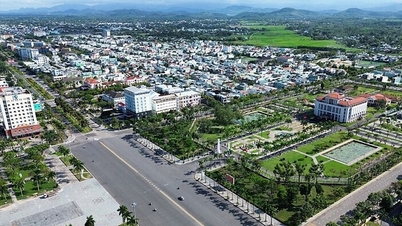

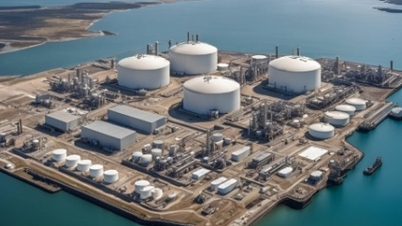


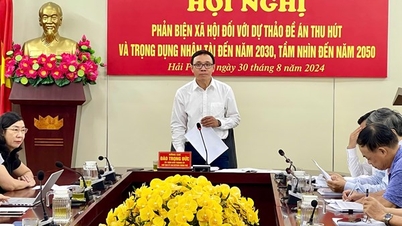
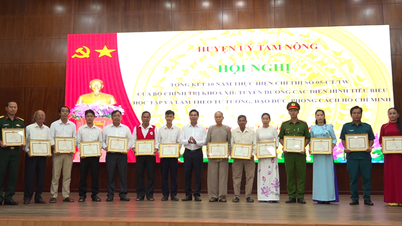
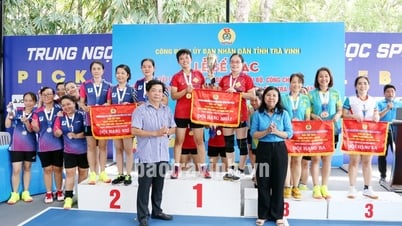
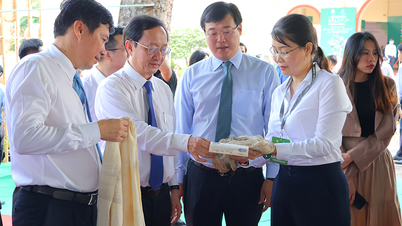
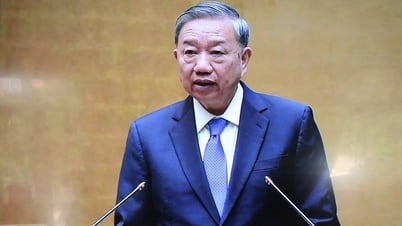
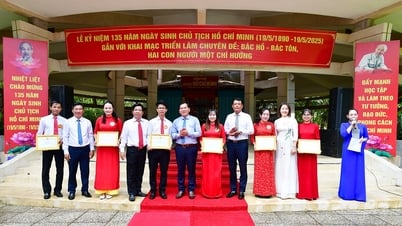





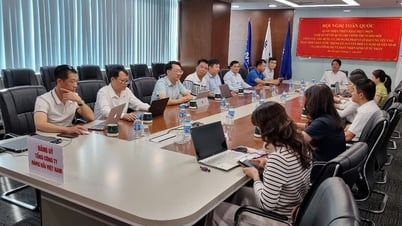

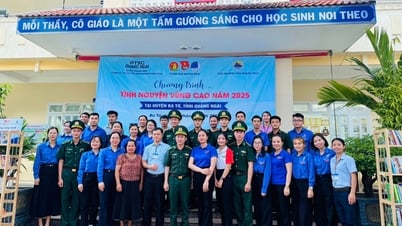
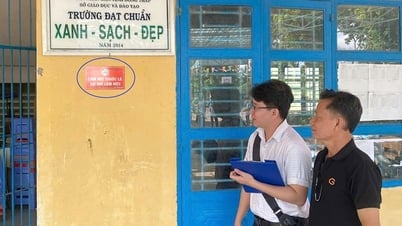
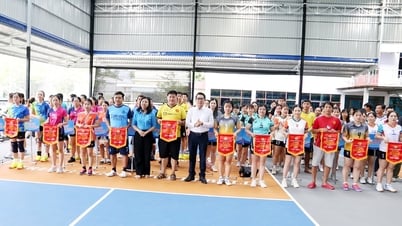

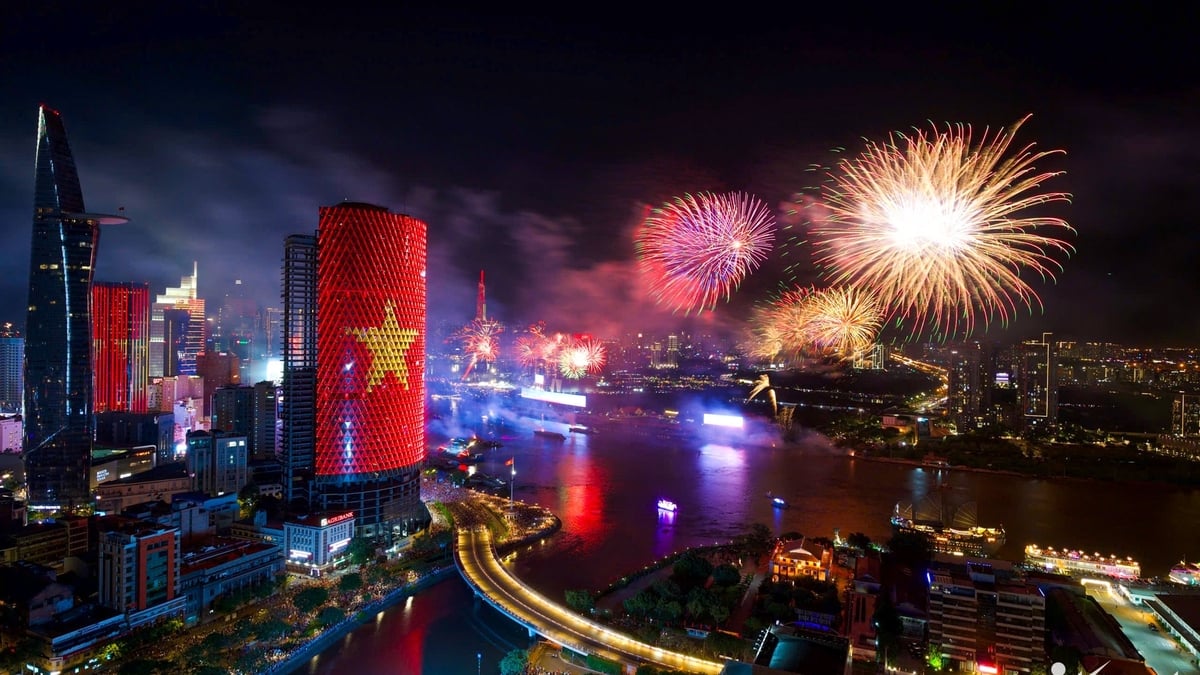






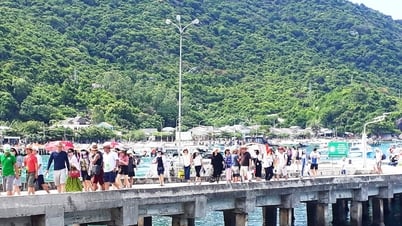










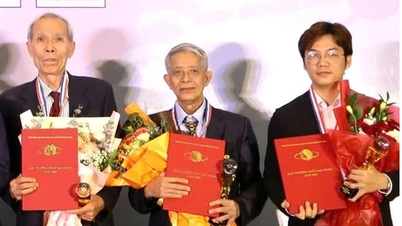







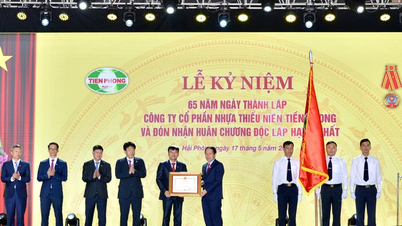


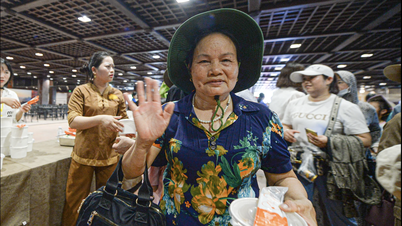






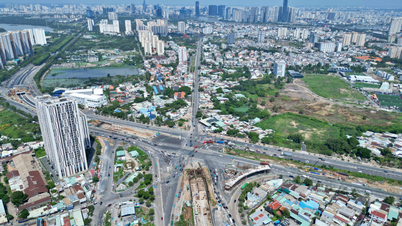


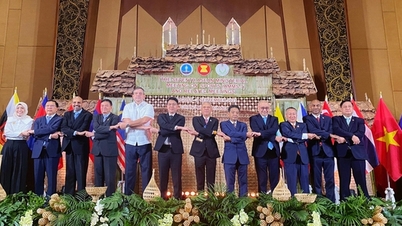

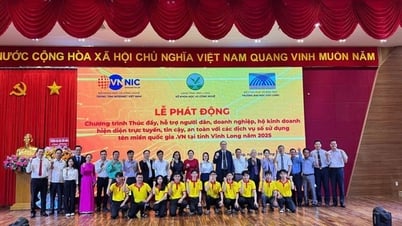

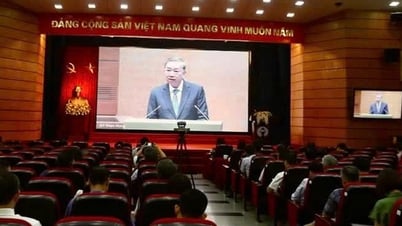
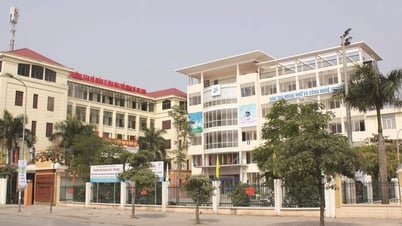




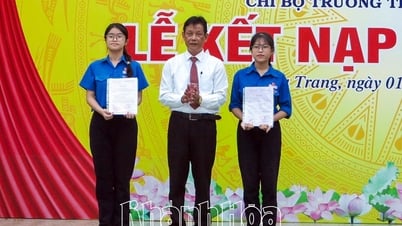
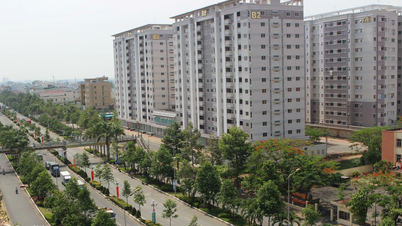

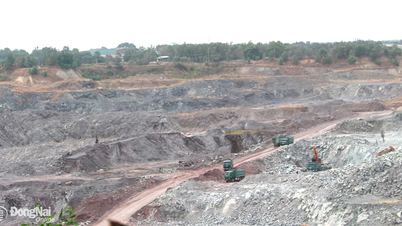
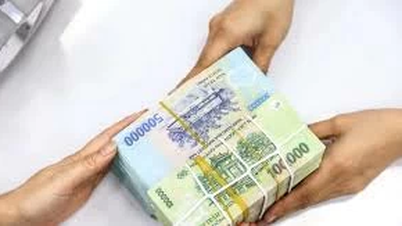
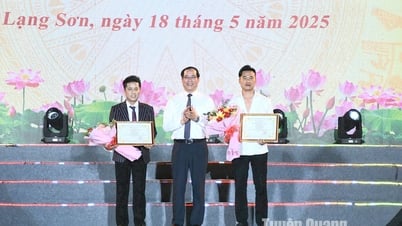









Comment (0)